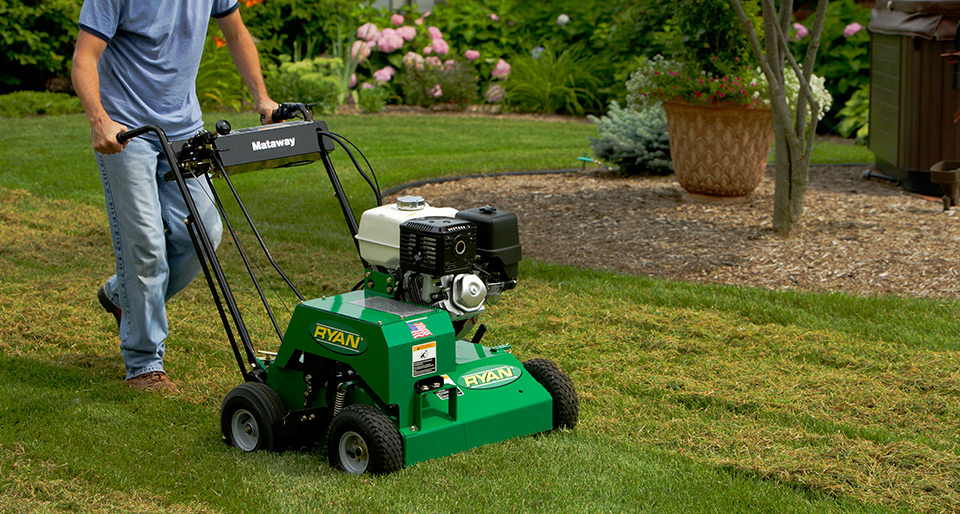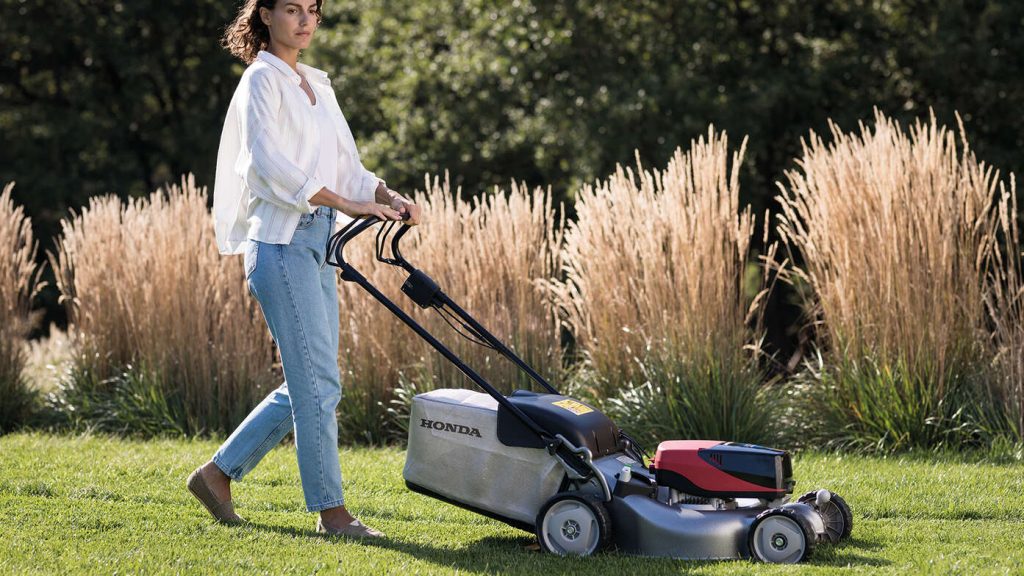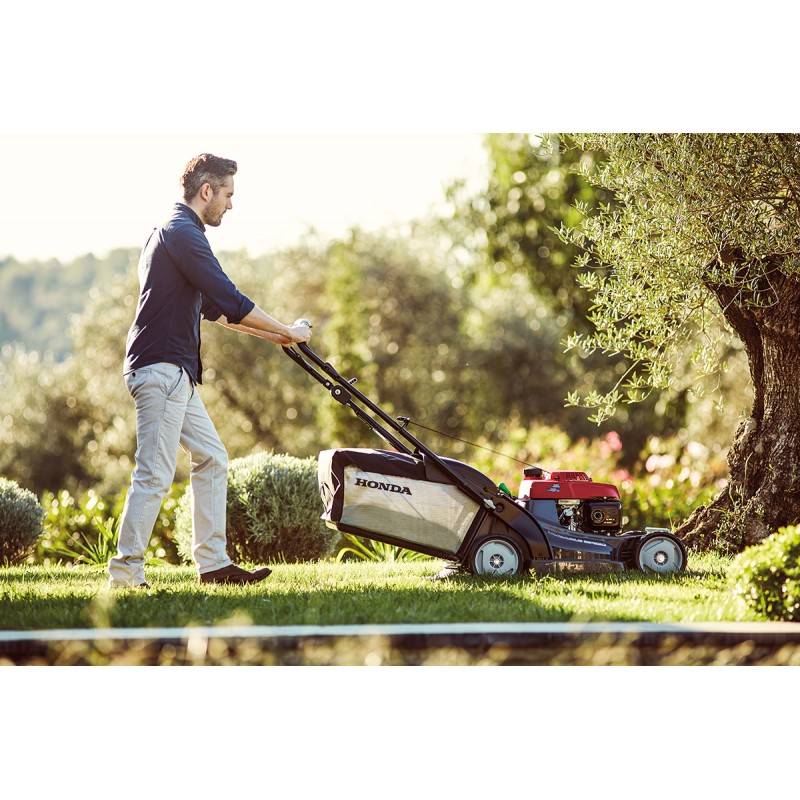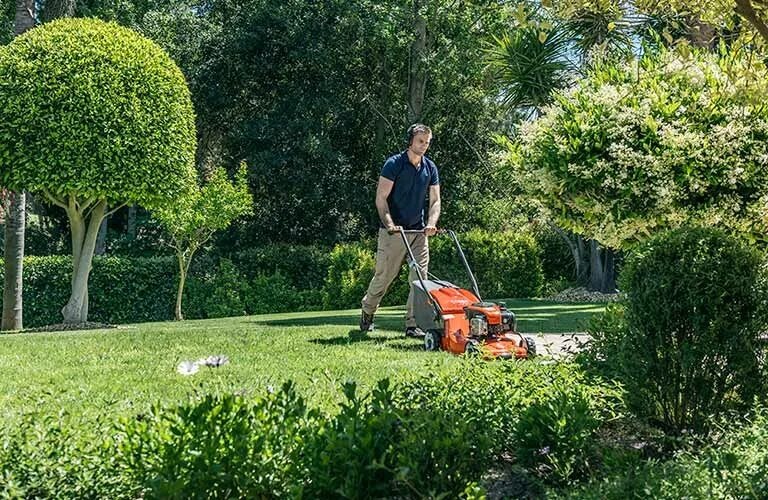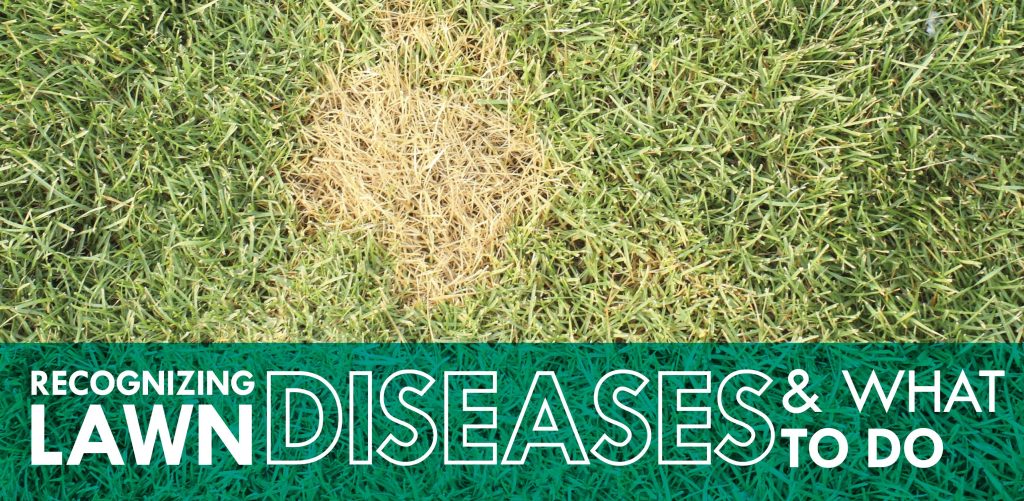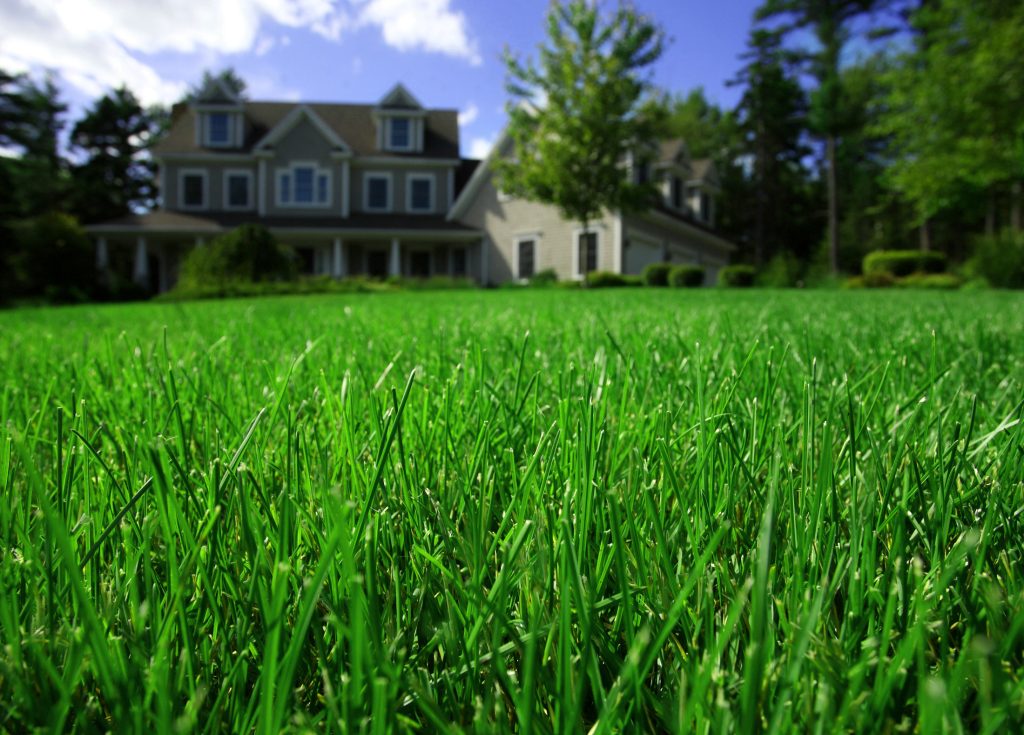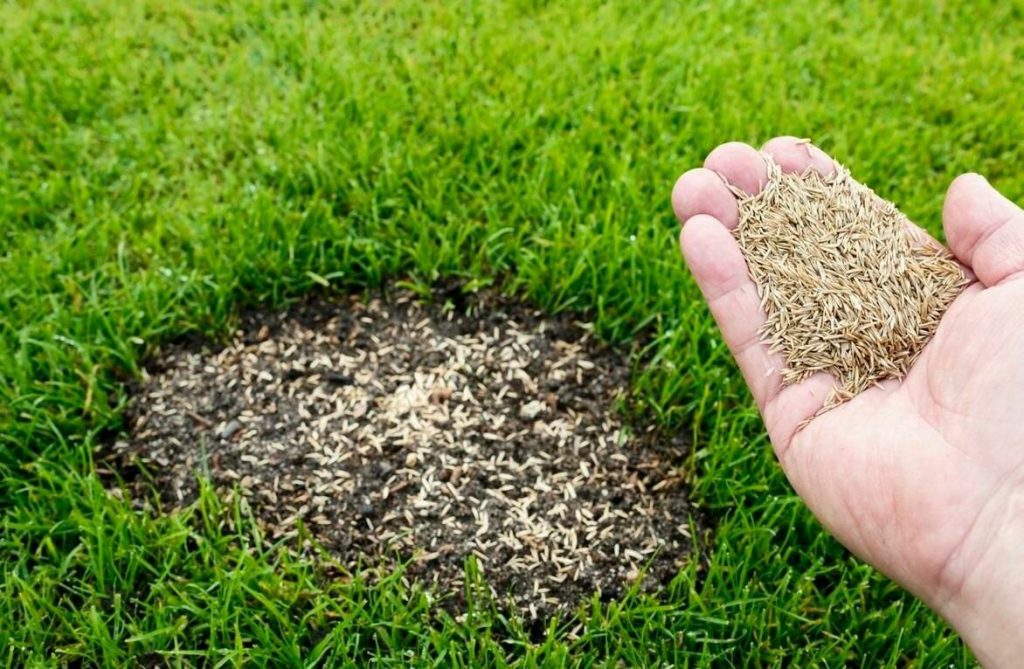Maintaining a lush, green lawn takes more than just watering and mowing. Beneath the surface, your lawn’s health depends on the condition of your soil and thatch layer and that’s where two important tools come in: the dethatcher and aerator.
Knowing when and how to use each can make all the difference between a patchy yard and a vibrant lawn. Let’s break down the difference between a dethatcher and an aerator, when to use them, and how to decide which your lawn needs.
Why Soil and Thatch Management Matter
Over time, lawns can become compacted or develop a thick layer of thatch a mat of dead grass, roots, and debris between the soil and the grass blades. While a little thatch is healthy, too much can:
- Block water and nutrients from reaching the roots
- Encourage pests and disease
- Make grass more prone to drought stress
Similarly, compacted soil can:
- Reduce oxygen to roots
- Prevent healthy root growth
- Cause standing water and poor drainage
That’s where dethatchers and aerators come in each addresses different lawn health issues.
What Does a Dethatcher Do?
A dethatcher is designed to remove the excess layer of thatch that builds up just below the grass surface. It uses tines or blades to lift and pull thatch up so it can be raked away.
Benefits of Dethatching
- Helps water, nutrients, and air reach the soil
- Encourages thicker, greener growth
- Prepares the lawn for seeding or fertilizing
When to Dethatch
Dethatching is best done when the grass is actively growing so it can recover quickly. For most Indiana lawns:
- Cool-season grasses: Early spring or early fall
- Warm-season grasses: Late spring through early summer
Avoid dethatching when the soil is dry or the grass is dormant, as it can cause stress to the lawn.
What Does a Lawn Aerator Do?
A lawn aerator helps relieve soil compaction by creating small holes in the soil. These holes allow air, water, and nutrients to penetrate more deeply into the root zone.
Benefits of Aerating
- Improves drainage
- Enhances root growth
- Boosts fertilizer effectiveness
- Reduces lawn runoff
When to Aerate
Just like dethatching, aeration should be timed with the growing season:
- Cool-season grasses: Early spring or fall
- Warm-season grasses: Late spring to early summer
Aeration is particularly helpful for lawns that see heavy foot traffic, have clay-heavy soil, or suffer from water pooling.
Choosing Between Dethatcher and Aerator
You might be wondering: Should I use a dethatcher or an aerator or both?
Use a Dethatcher If:
- You see a visible thatch layer thicker than ½ inch
- Water and fertilizer seem to sit on the surface
- Your lawn feels spongy underfoot
Use an Aerator If:
- Your soil is hard and compacted
- You notice thinning grass or bare patches
- Water pools or runs off quickly
Can You Use a Dethatcher and Aerator Together?
Yes but not at the same time. If your lawn has both thick thatch and compacted soil, it’s best to dethatch first. This removes the barrier and allows the aerator to penetrate deeper into the soil.
Pro Tip: Wait at least a few weeks between dethatching and aerating so your lawn has time to recover in between treatments.
Aftercare Tips for Dethatching and Aerating
Once you’ve dethatched or aerated your lawn, proper aftercare is essential:
- Watering
- Water deeply after either process to help your lawn recover.
- Maintain consistent moisture, especially if you plan to overseed.
- Fertilizing
- Apply a high-quality lawn fertilizer after aeration or dethatching to boost recovery and promote new growth.
- Overseeding
- Both processes create an ideal environment for new seed. Overseed right after aerating for better germination.
- Mowing
- Hold off on mowing for 5–7 days to give your grass time to bounce back.
- Keep your mower blades sharp to avoid stressing new shoots.
Still Not Sure What Your Lawn Needs?
Deciding between a dethatcher and aerator can be tricky especially if you’re not sure what the underlying issue is. That’s where we come in!
Need help deciding? Our pros at C&L Lawn Care will assess your lawn and recommend the right solution tailored to your soil, grass type, and local climate. From analysis to treatment and aftercare, we’ve got you covered.
Frequently Asked Questions
Should I dethatch or aerate first?
If your lawn needs both, start with dethatching to remove surface debris. Then, wait a few weeks and follow up with aeration.
Do all lawns need both?
Not necessarily. Some lawns only need one or the other, depending on thatch levels and soil condition. A lawn care professional can help you assess your specific needs.
Give Your Lawn the Treatment It Deserves
Understanding the role of both a dethatcher and aerator is key to a thriving, healthy lawn. Whether your grass needs help breathing or your soil is holding it back, the right treatment can unlock greener, fuller growth. Keep your eye on thatch and compaction and don’t hesitate to call in the pros when it’s time to take action.

